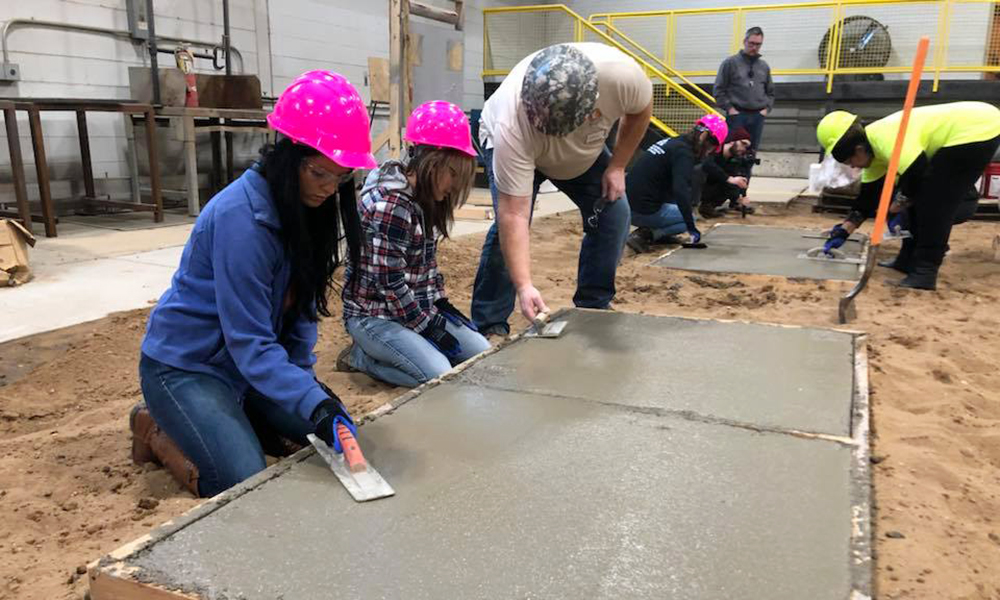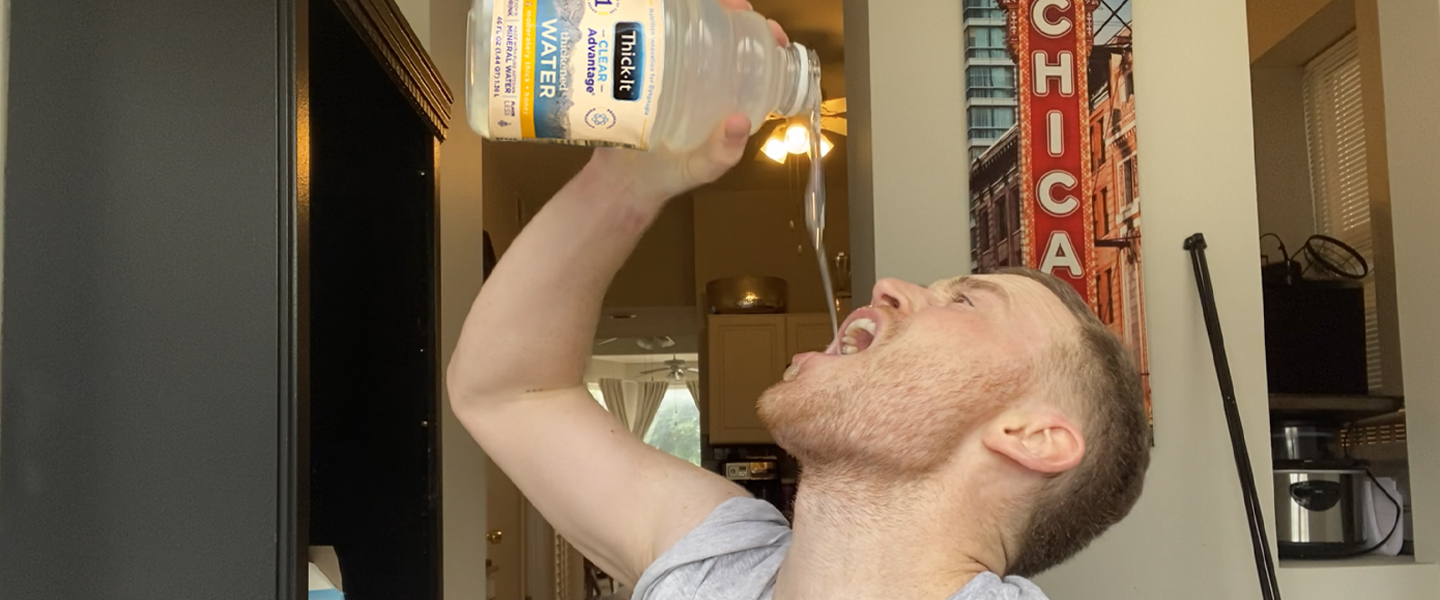Tuesday, April 30, 2024
On a dare
Happy National Speech – Language – Hearing Month! We won't ruminate in this post, over most of the cud previously chewed by readers of this site who are learning about the field. I will assume you know, by reading this blog or other sources of information on speech - language pathology, who we are and what we do. Still, we'll try to give you new insights into the profession during "our" month. Each of the clinical domains (types of disorders) covered in blog notes over the next five weeks, will include the typical outcomes of speech-language pathology (SLP) intervention, some of the tools we use to intervene with patients, and a few of the terms we might include in our clinical notes. We'll in addition, give you one example of a screening assessment you might use with a consumer within each domain, if there is no SLP. This week we'll review swallowing. A 2023 Health Care Survey conducted by the American - Speech - Language - Hearing Association, indicated that among practicing SLP's who had a predominantly pediatric caseload, swallowing was among the top five caseload diagnoses for 40.8% of respondents. 90% of SLP clinicians with a largely adult caseload reported that they had managed swallowing cases, among the top five diagnoses they faced.
Outcomes of swallowing treatment may include consumption of the least restrictive diet, with minimal aspiration risk. The IDDSI (International Dysphagia Diet Standardization Initiative) lists food consistencies as including regular, easy to chew, soft - bitesized, pureed and liquidised. Likewise, liquids can be thin, slightly thick, then mildly, moderately or extremely thick. Helping the consumer acclimate to a consistency established as optimal, is just the beginning of swallowing treatment. Your patient needs to progress in treatment from demonstrating a target motor competency, like the function of an isolated muscle group contributing to the swallow, the consumer may identify eating and drinking with people they care about, in a place that is comfortable.
An outcome also important to many is increased oral health. Since numerous research studies point out a strong association between poor oral health and impaired pulmonary health, SLP's have a primary responsibility to help the consumer keep swallowing equipment clean and healthy. Still another outcome that persons with swallowing concerns might claim, is minimized risk for dehydration. Patients may not sense being thirsty, even though clinical examination will easily show the effects of their poor hydration in skin, eyes, GI function, oral cavity breakdowns, and her/his behavior. Another consumer might react to having fluids restricted, or modified with thickener, by limiting what she/he drank from day to day.
Tools in swallowing treatment can range from differing varieties of food thickener, to applying neuromuscular electrical stimulation of the throat via surface electrodes, and even to sucking a “Dum Dum” lollipop to train secretion management. A fresh though sugary taste in your mouth, as the first flavor of any kind you might have had in weeks or months, can be the start of a wonderful therapeutic alliance with your "swallowing patient".
We also use terms to describe treatment, such as “eating, drinking and swallowing (not just a motor act, but also a cognitive and a social act),” “modified barium swallow (swallowing x-ray)”, and “Masako (tongue – hold) maneuver”.
When There Is No SLP: Note the patient’s breath and oral health and advise her/him, about the connection between poor oral health and systemic disease. Also, what is the patient’s hydration status? Hydrating can be hard, but the benefits can be huge.
On This Date in History: Rory Douglas, a third – grader at P.S. 1 in Evansdale, Iowa, ate all the spaghetti on his tray for lunch that day in 1961. Rory was an impetuous boy, so when he was out for afternoon recess that same day, he ate – on a dare from his peers - a newly emerged cicada. Rory was also a generous boy, sharing his snack and his lunch with the whole class, during Story Time just before dismissal. It was the earliest documented occurrence of the “reverse swallow.”
Who Does the Swallowing in Your Neighborhood?
Friday, May 3: Rosemont IL, Parkway Bank Park Cinco de Mayo pub crawl
Thursday, May 2 - Sunday, May 5: San Francisco & Berkeley CA, POC Food and Wine Festival
Friday, May 3 - Sunday, May 5: throughout Houston TX, Cinco de Mayo
Saturday, May 4: Naperville IL, Food Truck Festival
Saturday, May 4 - Sunday, May 5: Metairie LA, Cinco de Mayo Fest
Something You Can Use: The Eating Assessment Tool, or EAT – 10, can help you decide if a referral for swallowing assessment by SLP will help the patient. You can find the EAT – 10 scale at https://nestlemedicalhub.com .
Famous Sayings:
There's a period of life when we swallow a knowledge of ourselves and it becomes either good or sour inside. - Pearl Bailey
Thanks for finding this post. We'll see you next week for another look at National Speech - Language - Hearing Month!
Subscribe to:
Post Comments (Atom)





No comments:
Post a Comment